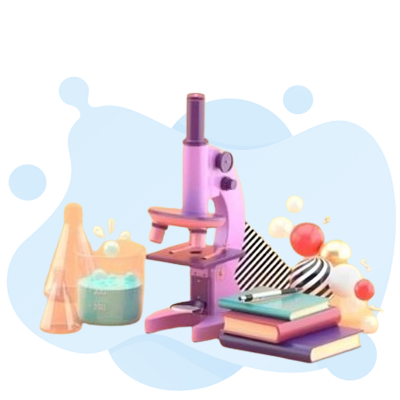MISA (Maryland Integrated Science Assessment) | Official Guide

The Maryland Integrated Science Assessment (MISA) checks students in fifth grade, eighth grade, and high school. It follows the Maryland Next Generation Science Standards (NGSS). These standards look at how well students understand science deeply in three ways. These are Science and Engineering Practices, Crosscutting Concepts, and Disciplinary Core Ideas. The MISA uses many items in its tests to cover these areas well.
Key Takeaways
- The MISA is a standardized assessment that measures students’ understanding of the Maryland Next Generation Science Standards (NGSS).
- The assessment is given in fifth grade, eighth grade, and high school.
- It looks at how well students use the Science and Engineering Practices, Crosscutting Concepts, and Disciplinary Core Ideas in their understanding of science.
- Each MISA test item has a stimulus and six items for full evaluation.
- A holistic rubric is used by the MISA to decide how well students use the three NGSS dimensions.
Free MISA Practice Test Online
Understanding the MISA
The Maryland Integrated Science Assessment (MISA) tests students’ understanding of science concepts based on Maryland’s science curriculum. It’s given to students in grades 5, 8, and high school. They show what they know about the three-dimensional Next Generation Science Standards (NGSS).
About the Assessment
The grade 5 MISA looks at the Elementary Grade NGSS from grades 3, 4, and 5. The grade 8 MISA covers the Middle School NGSS for grades 6 through 8. It focuses on the disciplinary core ideas on life science, physical science, and Earth and space science.
Test Structure and Scoring
At the MISA, each question includes a stimulus based on a real-world context or phenomenon. This stimulus can be text, videos, charts, or diagrams. It might have different tabs to show various parts of the scenario. Then, students have to answer six items that show how well they understand scientific information.
They have to answer in different ways, like choosing the right answer, selecting multiple answers, or interacting with technology. The last question is a constructed response. This means students must write a detailed answer to a question.

MISA (Maryland Integrated Science Assessment) Preparation and Resources
To help students get ready for the Maryland Integrated Science Assessment (MISA), the Maryland State Department of Education (MSDE) offers many tools. These resources are designed to aid in learning and getting ready for the exams.
Blueprints and Rubrics
Blueprints break down the MISA tests, showing their structure and scoring categories. Available blueprints cover Grade 5, Grade 8, and High School MISA assessments.
They show what topics the test will cover. This helps both teachers and students know what to focus on.
Practice Tests
The MSDE also provides practice tests for all levels—Grades 5 and 8, as well as High School MISA. These resources let students try out the test format and questions.
This practice helps them feel more comfortable with the real test. It also highlights areas needing more study.

Conclusion
The Maryland Integrated Science Assessment (MISA) evaluates students in science. It matches Maryland’s science curriculum. Kids in grades 5, 8, and high school take it. The goal is to see how well they get the Next Generation Science Standards. It uses different kinds of questions to show teachers and leaders what to focus on. This helps make science teaching better and more geared towards the facts.
This test helps find what students are good at and what needs work. It’s all based on the MISA results. With this info, teachers can fix how they teach. They can give extra help where it’s needed. This makes science learning better for everyone.
The MISA keeps getting better to fit today’s world. It’s key for checking how well Maryland’s kids understand science. Teachers and leaders learn a lot from this test. They use this to make sure students get great STEM education. This prepares them well for life in the 21st century.